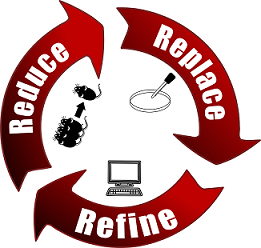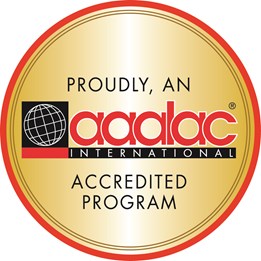Animal Research Laws and Regulations
Animal use is highly regulated by federal law, government regulations, and local policy.
The use of animals at Brown University is considered a privilege that carries great responsibility, and we are committed to maintaining high standards of animal welfare. As evidence of this commitment, Brown University holds a PHS Animal Welfare Assurance, is registered as a research facility with the United States Department of Agriculture (USDA), and is fully accredited by AAALAC International (AAALAC). We adhere to the current PHS Policy on Humane Care and Use of Laboratory Animals, USDA: Animal Welfare Act & Regulations, and “the Guide for the Care and Use of Laboratory Animals.” Proposed animal use is carefully reviewed for scientific merit, animal welfare, and principles of good stewardship. The use of non-animal alternatives is required unless there is a valid scientific justification for use of live animals. Animal spaces and research laboratories are inspected at minimum twice a year to ensure compliance with regulations, policies, and protocols.
The 3 R’s: Replace, Refine, Reduce
We make a special commitment to following the 3 R’s of good research: replacement, refinement, and reduction
-
Replace animal models with non-animal alternatives whenever possible
-
Refine research methods to reduce animal use, improve efficiency, and ensure animal welfare
-
Reduce any remaining animal use to the minimum necessary to achieve sound scientific results
To learn more about the 3 R’s in research, visit this article by the USDA.
 What is AAALAC International?
What is AAALAC International?
AAALAC is a voluntary research accreditation organization that inspects research facilities and evaluates an institution’s research program. AAALAC’s minimum standards for accreditation are stringent, and program evaluations include in-depth reviews of policies, procedures, records, housing, staffing, facilities, and a triennial in-person site inspection. AAALAC accreditation signifies excellence in research conduct, programming, and adherence to regulatory standards.
To learn more about AAALAC accreditation, click HERE
Useful Links
